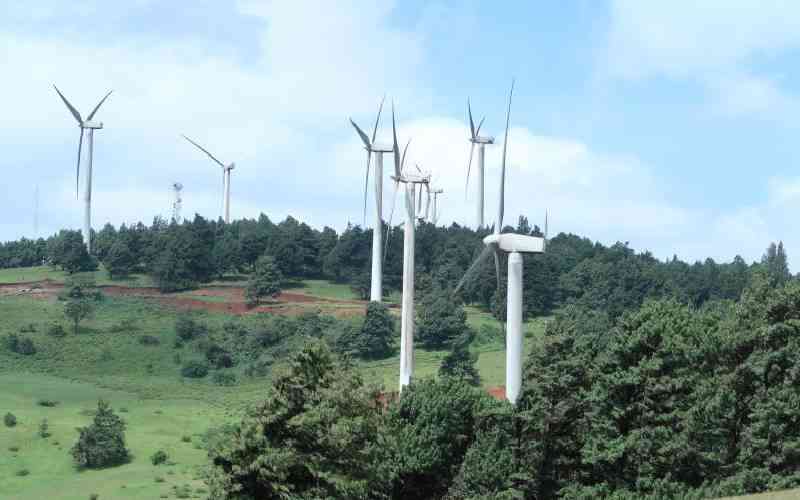×
The Standard e-Paper
Truth Without Fear

Global wind and solar electricity hit 12 percent in 2022, up from 10 percent in 2021, marking the beginning of the end of fossil fuel use a new report shows.
A report released today reveals a remarkable increase that signals a growing trend toward renewable energy adoption across the world.